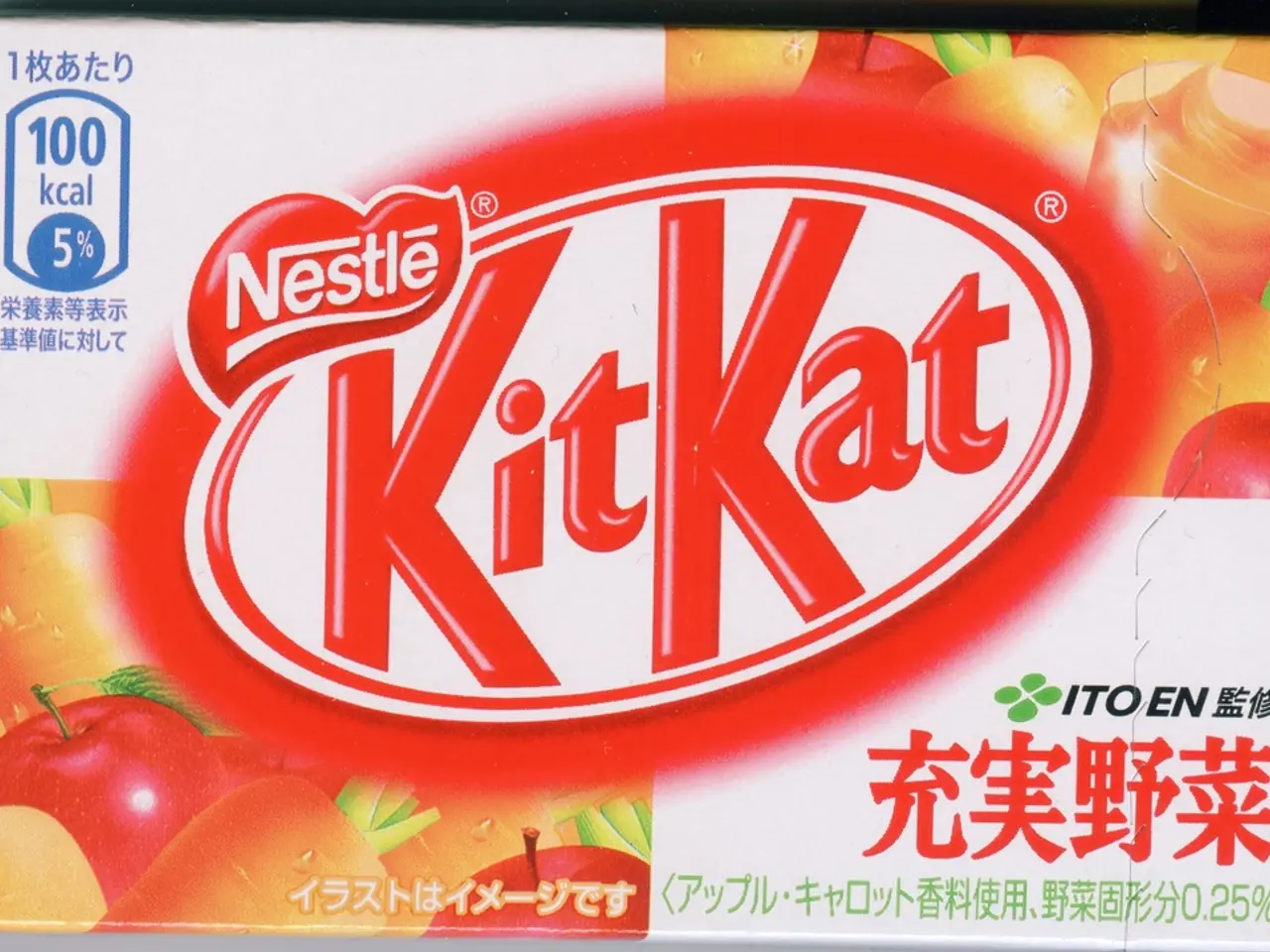Quick and Natural Weight Loss Strategies Unveiled
In the pursuit of sustainable fat loss, prioritizing quality sleep, regular exercise, and a balanced diet are essential. Most adults require 7-9 hours of sleep per night for optimal health and fat loss [1]. Establishing a consistent sleep routine and creating a sleep-conducive environment can promote better sleep.
When it comes to exercise, a combination of targeted activities is key. High-intensity cardio and full-body movements, such as burpees, mountain climbers, kettlebell swings, and dumbbell overhead lunges, engage multiple muscle groups and torch calories efficiently [2]. High-Intensity Interval Training (HIIT) alternates between periods of intense effort and recovery, maximizing calorie burn and fat loss in shorter durations [3]. Steady-state cardio activities like brisk walking, running, cycling, swimming, or jumping rope help increase overall calorie expenditure [4]. Strength training, incorporating resistance training three times a week, builds lean muscle mass, which increases resting metabolic rate, helping burn more calories even at rest [5]. For beginners or those with joint concerns, low-impact, no-equipment routines provide fat-burning benefits [6].
A balanced diet is equally crucial for sustainable fat loss. A calorie deficit, typically 500 calories less daily, promotes steady weight loss without compromising muscle or metabolism [7]. Focus on adequate protein intake to preserve muscle mass during weight loss, moderate healthy fats, and complex carbohydrates for energy [8]. Prioritize whole, nutrient-dense foods like vegetables, fruits, whole grains, lean proteins, and healthy fats [9]. Stay well-hydrated, as thirst can be mistaken for hunger [10]. Regular meal patterns with mindful eating help control appetite and prevent overeating [11].
Adequate hydration, active recovery, and understanding the basics of energy balance are also important for optimizing metabolism and supporting fat-burning processes. Active recovery, such as walking, stretching, or gentle yoga, can improve overall recovery and fat loss by promoting blood flow, alleviating muscle soreness, and reducing stress [12]. While spot reduction isn't effective, a full-body fat loss approach through exercise and nutrition will lead to fat reduction in problem areas [13].
It's crucial to listen to your body and pay attention to signs of overtraining or excessive fatigue to avoid injury and maintain progress. Understanding the basics of energy balance, following a balanced training program, and eating a balanced diet can help achieve fat loss sustainably [14].
Here's a summary table of exercise types and their fat loss benefits, along with example workouts:
| Exercise Type | Benefits for Fat Loss | Example Workouts | |-----------------------|-----------------------------------------------|-----------------------------------| | High-Intensity Cardio | Burns calories fast, boosts metabolism | Burpees, mountain climbers, kettlebell swings | | HIIT | Maximizes calorie burn in short periods | Interval sprints, circuit training| | Steady-State Cardio | Increases calorie expenditure, heart health | Brisk walking, running, cycling | | Strength Training | Builds muscle, increases resting metabolism | Weight lifting, resistance bands | | Low-Impact Workouts | Joint-friendly, sustainable for beginners | Low-impact standing routines |
References: [1] National Sleep Foundation. (2015). How Much Sleep Do We Really Need? https://www.sleepfoundation.org/articles/how-much-sleep-do-we-really-need [2] Mayo Clinic. (2021). High-intensity interval training (HIIT). https://www.mayoclinic.org/healthy-lifestyle/fitness/in-depth/high-intensity-interval-training/art-20048389 [3] American Heart Association. (2021). High-Intensity Interval Training (HIIT). https://www.heart.org/en/healthy-living/fitness/high-intensity-interval-training-hiit [4] World Health Organization. (2020). Physical activity. https://www.who.int/news-room/fact-sheets/detail/physical-activity [5] American Council on Exercise. (2017). Strength Training for Weight Loss. https://www.acefitness.org/education-and-resources/professional/programs-and-resources/articles/5864/strength-training-for-weight-loss/ [6] Wyndham-Read, L. (2020). Low-impact workouts for beginners. https://www.bbcgoodfood.com/workout/low-impact-workouts-beginners [7] American Heart Association. (2018). Calorie Deficit: What It Is and How to Achieve It. https://www.heart.org/en/healthy-living/healthy-eating/eat-smart/nutrition-basics/calorie-deficit-what-it-is-and-how-to-achieve-it [8] American Heart Association. (2019). The Importance of Protein, Carbohydrates, and Fats. https://www.heart.org/en/healthy-living/healthy-eating/eat-smart/nutrition-basics/macronutrients [9] American Heart Association. (2021). Whole Grains. https://www.heart.org/en/healthy-living/healthy-eating/eat-smart/nutrition-basics/whole-grains [10] American Heart Association. (2021). Hydration. https://www.heart.org/en/healthy-living/healthy-eating/eat-smart/nutrition-basics/hydration [11] American Heart Association. (2021). Mindful Eating. https://www.heart.org/en/healthy-living/healthy-eating/eat-smart/nutrition-basics/mindful-eating [12] American Heart Association. (2021). Active Recovery. https://www.heart.org/en/healthy-living/fitness/exercise-and-physical-activity/active-recovery [13] American Heart Association. (2021). Spot Reduction. https://www.heart.org/en/healthy-living/healthy-eating/eat-smart/nutrition-basics/spot-reduction [14] American Heart Association. (2021). Weight Loss. https://www.heart.org/en/healthy-living/healthy-eating/eat-smart/nutrition-basics/weight-loss
- For optimal health and weight management, couples a balanced diet with regular exercise and prioritizes sleep, ensuring a calorie deficit, adequate protein intake, and consumption of nutrient-dense whole foods.
- science reveals that incorporating fitness-and-exercise activities such as high-intensity cardio, Strength training, and HIIT into a health-and-wellness routine can effectively burn calories, boost metabolism, and build lean muscle mass.
- Regular nutrition consultations with professionals in the field of nutrition can help individuals achieve sustainable fat loss through appropriate weight-management strategies, such as understanding energy balance, staying well-hydrated, and practicing mindful eating.




